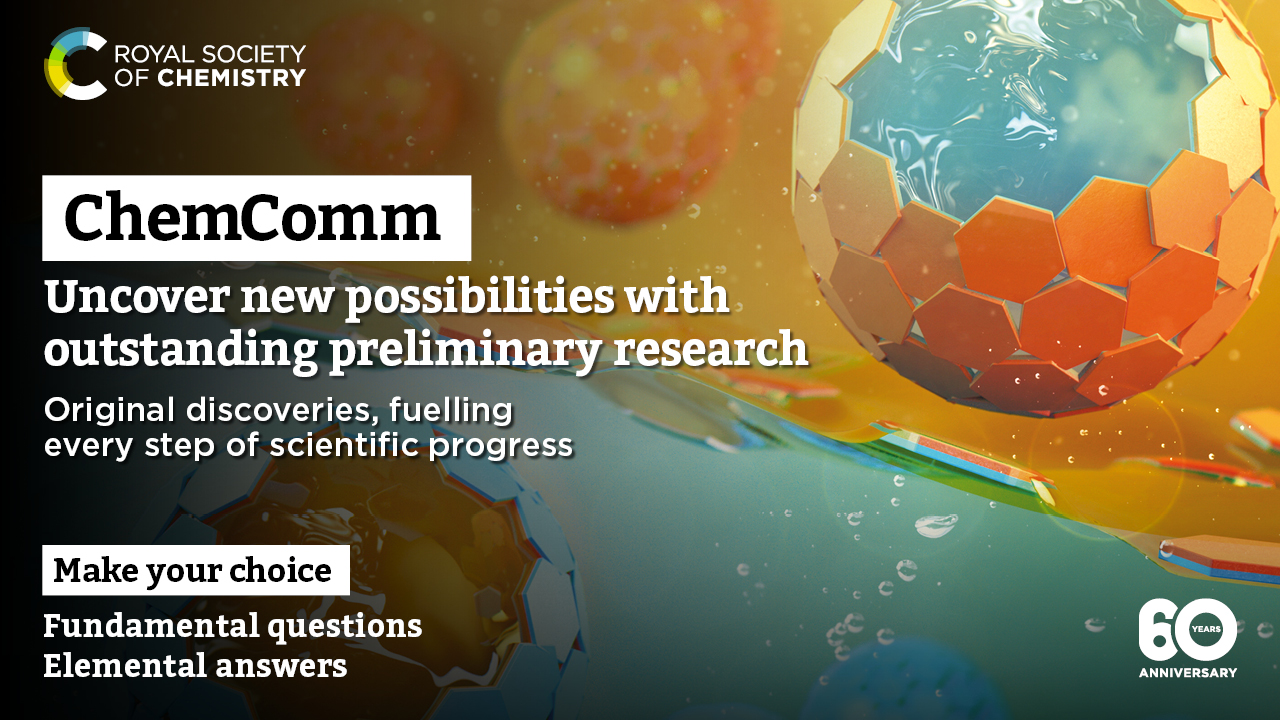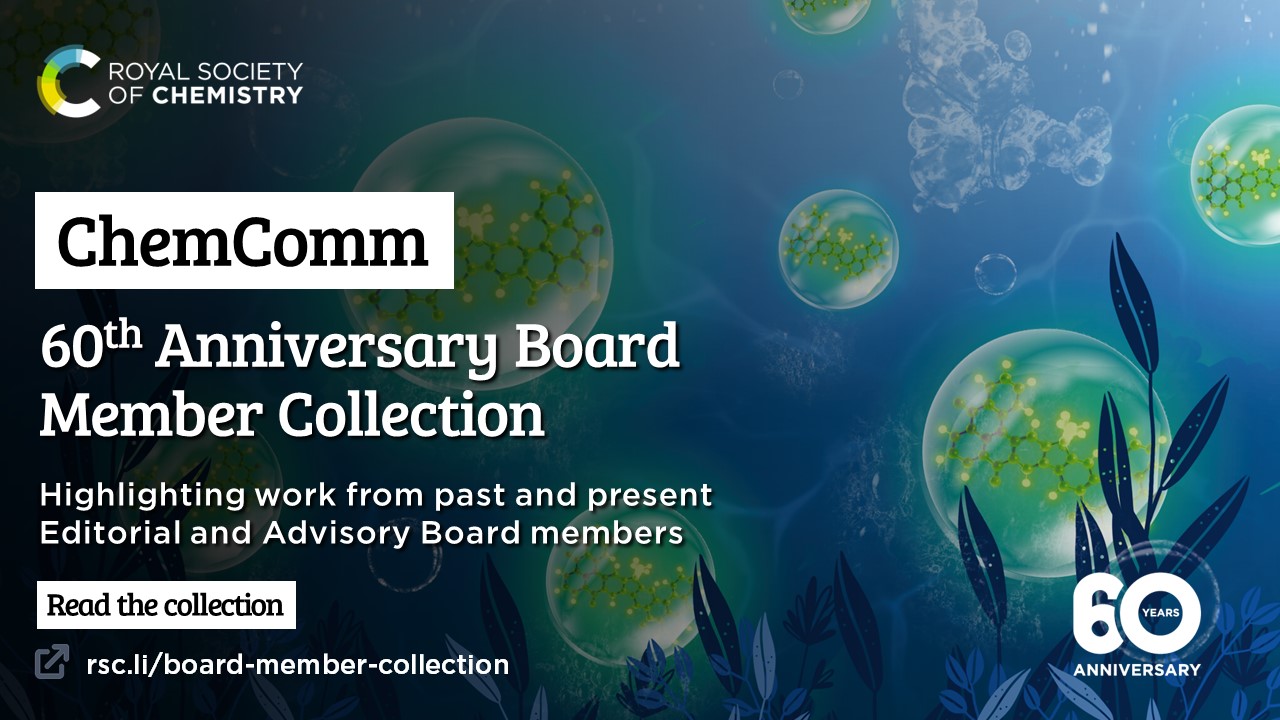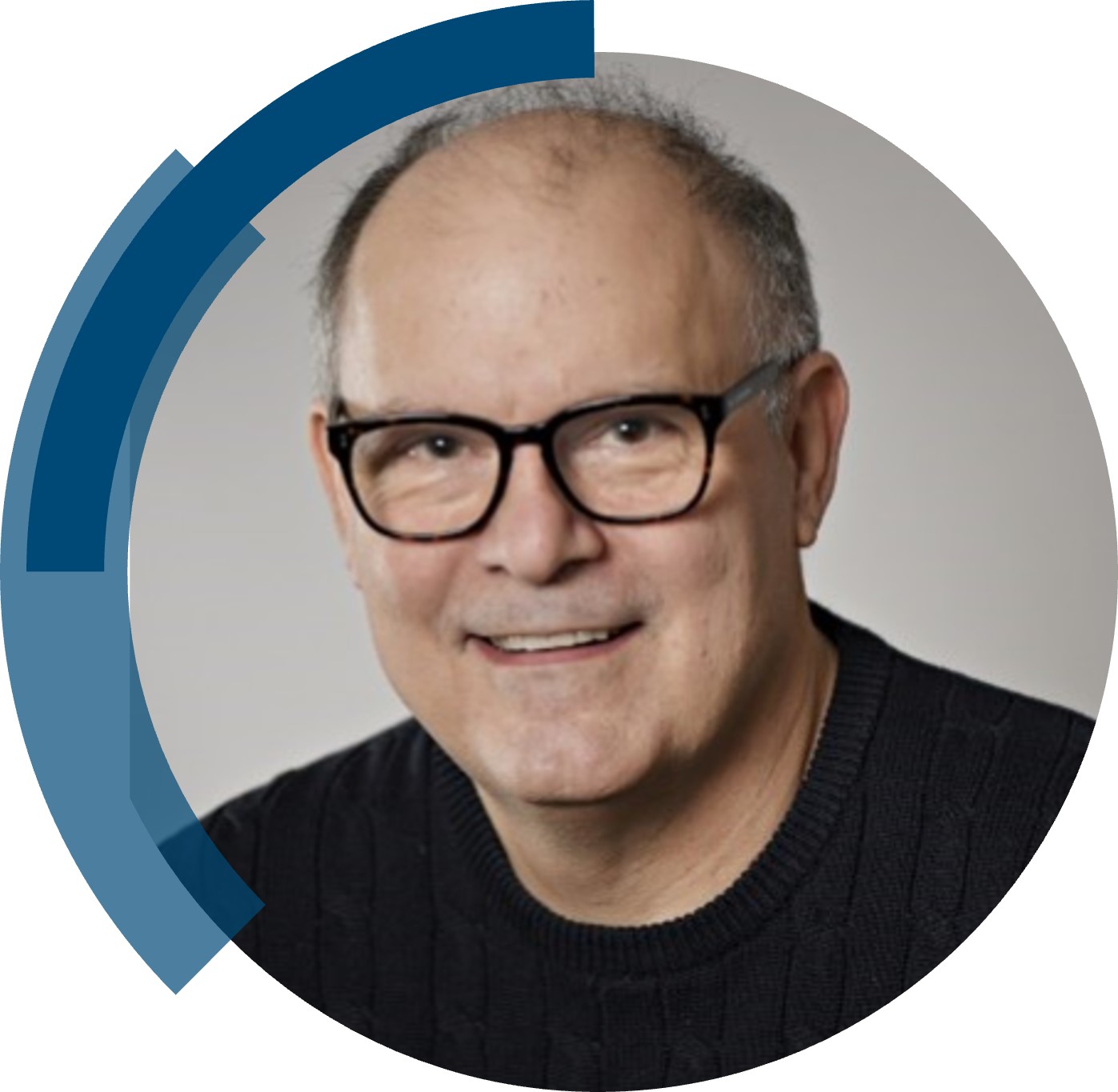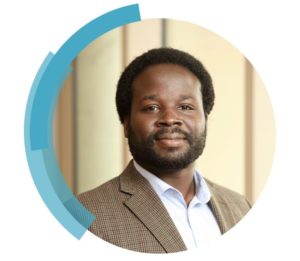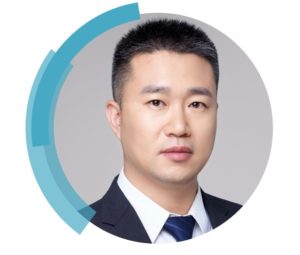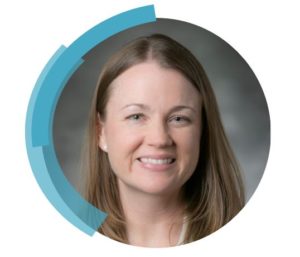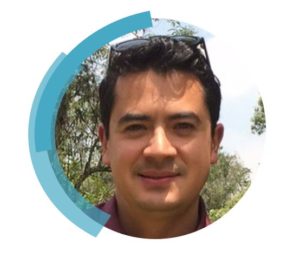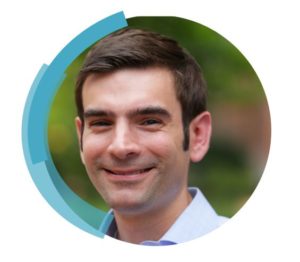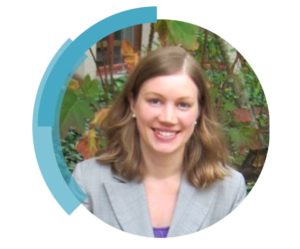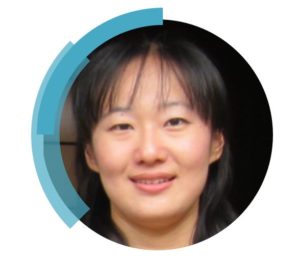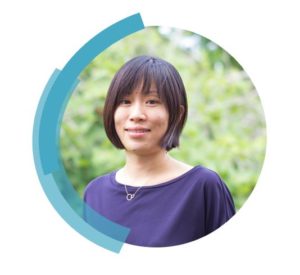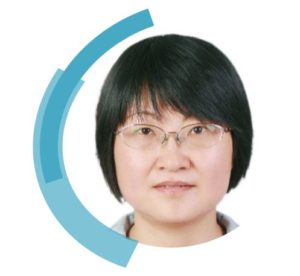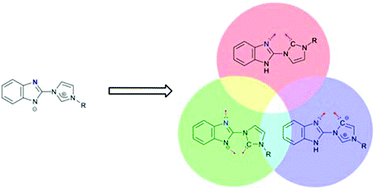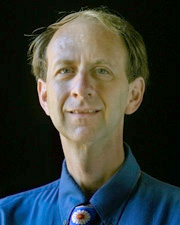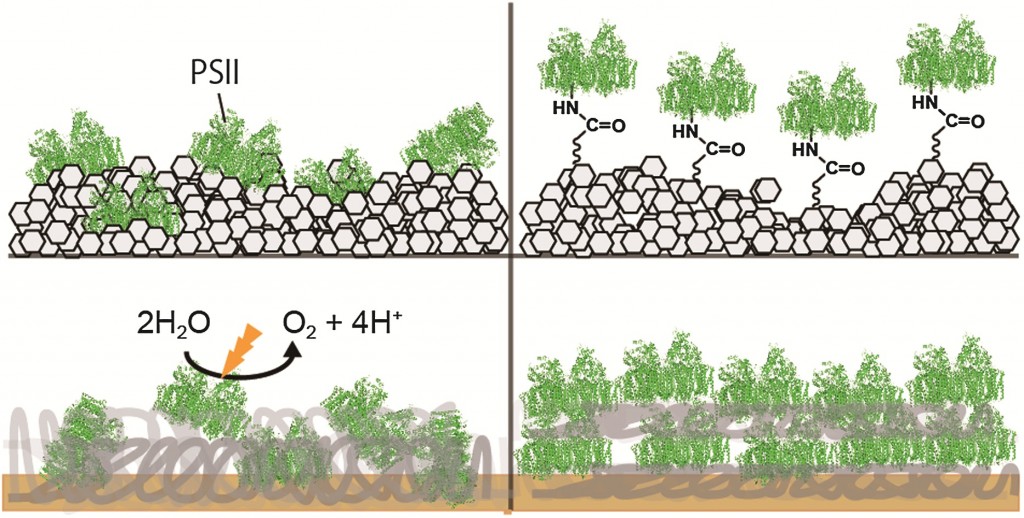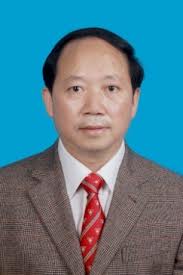ChemComm is publishing its 60th volume in 2024. Over the past 60 years, ChemComm has been the RSC’s most cited journal, and one of the most trusted venues for rapid publication of short communications. In our anniversary year, we recognise the important contributions ChemComm has made, and continues to make, in advancing the chemical sciences.
As part of these celebrations, we’ve brought together a number of special collections highlighting both historical and new work in the journal. Check out all of these collections below, with many more to come as the year develops!
| ChemComm Emerging Investigators and Pioneering Investigators | These annual collections highlight high quality research being carried out by researchers in the early and mid stages of their independent careers, respectively. |
| ChemComm 60th Anniversary Board Member Collection | This special collection highlights the latest work from the pioneering researchers who by serving ChemComm’s Editorial and Advisory boards in the last two decades have together supported the journal in reaching this anniversary milestone.
Throughout the year, we’ll be catching up with these current and former Board Members to discuss their work and reflect on the anniversary. Read the first of these interviews here . |
| ChemComm 60th Anniversary Authors Collection | This collection brings together the latest research from some of our most loyal and dedicated authors. From those marking the beginning of their independent academic career by publishing their first article with us, to the rising stars and established leaders publishing in our yearly ‘Emerging Investigators’ and ‘Pioneering Investigators’ collections, this collection champions the contributions of our worldwide author community.
We are proud many authors choose to support our journal by regularly publishing their best work with us. This collection also features papers from our ChemComm Emerging Investigator Lectureship winners, and our Outstanding Reviewer awardees, whose invaluable feedback has shaped our published content through the years. |
| ChemComm contributions to the United Nations Sustainable Development Goals | Over the past 60 years, ChemComm has published many important papers with the potential to contribute to a sustainable future.
This collection brings together historic work and more recent reviews published in ChemComm which demonstrate how chemistry can contribute to the United Nation’s 17 Sustainable Development Goals with the aim of ending poverty, improving health and education, all while tackling climate change and working to preserve our natural environment. |
| ChemComm 60th Anniversary Historic Papers from North America | We’ve brought together 60 significant historic papers published in ChemComm from each region. This special collection highlights 60 pioneering papers that were most cited from the researchers in United States and Canada. |
| ChemComm 60th Anniversary Historic Papers from China | This special collection highlights 60 pioneering papers that were among the most cited from researchers based in China. We hope you enjoy revisiting some of the papers that made ChemComm one of your most trusted venues for publication. |
| ChemComm 60th Anniversary Historic Papers from Japan & South Korea | A special collection highlighting 60 pioneering papers that were among the most cited from researchers based in Japan & South Korea. We hope you enjoy this historic collection of the papers that made ChemComm one of your most trusted venues for publication. |
|
ChemComm 60th Anniversary Historic Papers from the United Kingdom
|
This special collection highlights 60 pioneering papers that were most cited from the researchers in the United Kingdom. |
Be sure to follow our LinkedIn page and X(Twitter) feed for further news on upcoming anniversary celebrations, including further regional collections of historic papers, and some personal reflections from authors and Board Members on what the ChemComm’s anniversary means to them!



